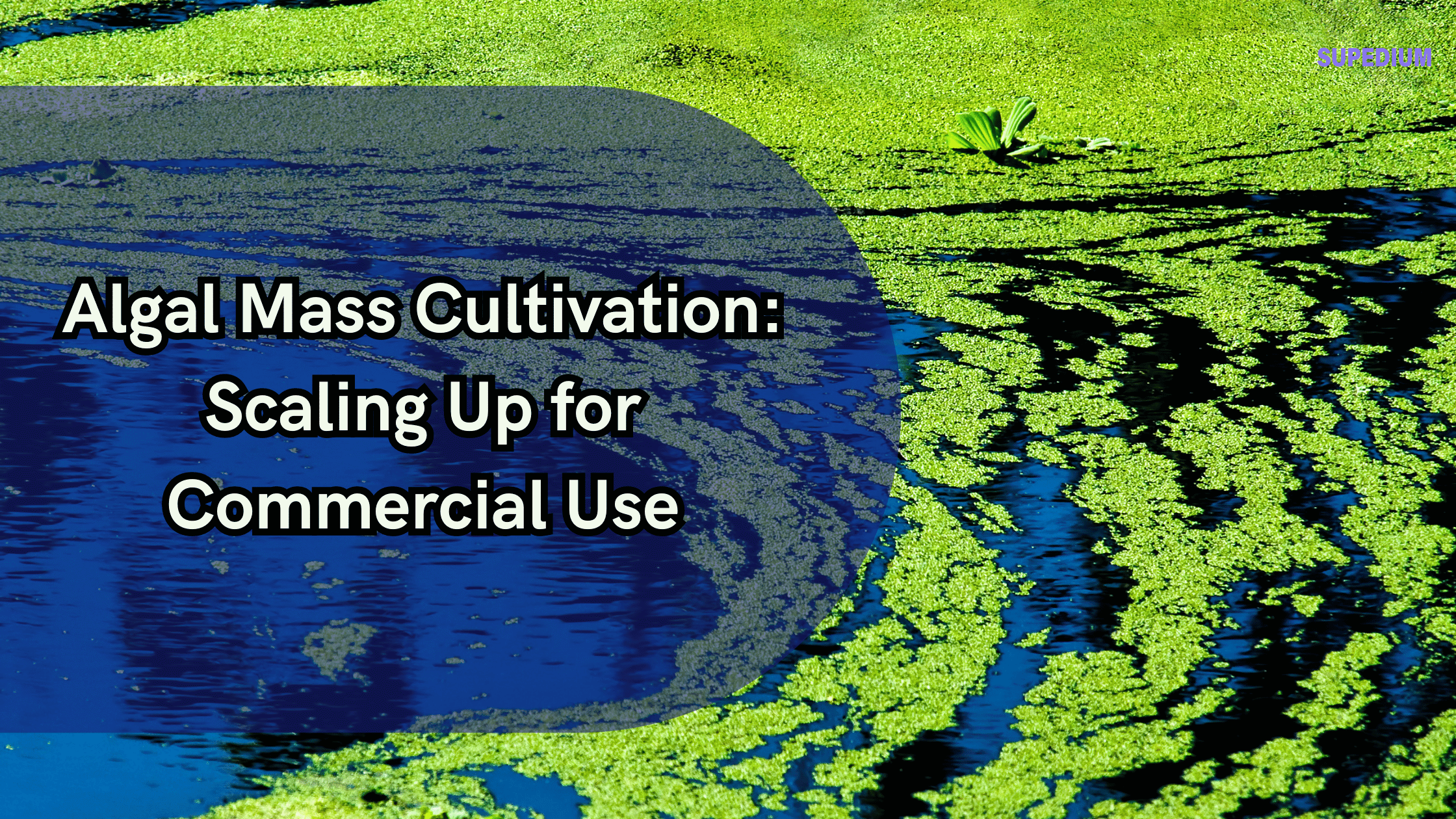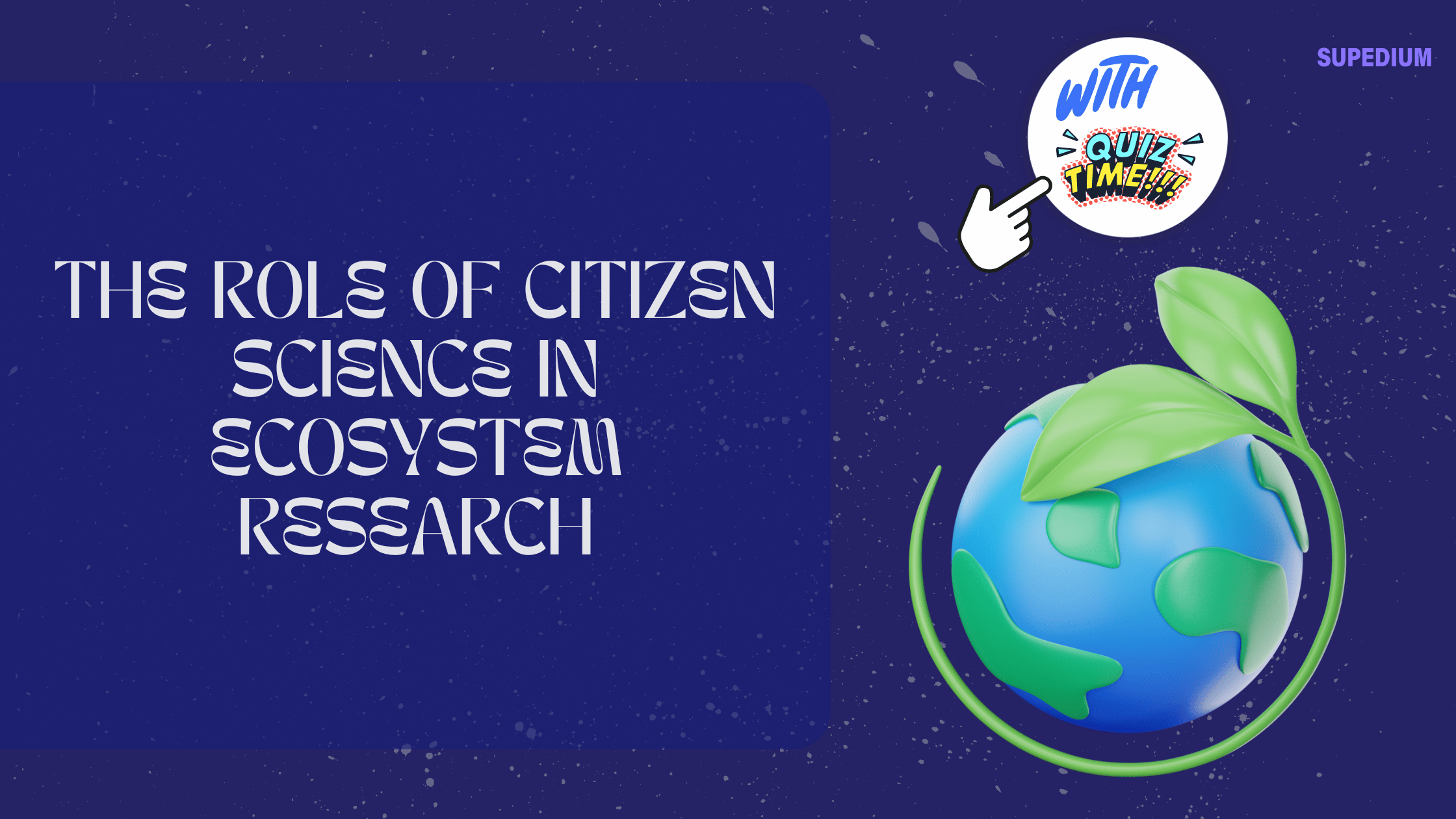Table of Contents
![]()
I. Introduction
A. Overview of Algal Cultivation
Algae, a diverse group of photosynthetic organisms, play a crucial role in various industries due to their versatility and ecological benefits. Algal cultivation can be broadly categorized into microalgae, which are microscopic and typically cultivated in liquid systems, and macroalgae, or seaweeds, which are larger and grown in marine environments. Algae offer numerous applications, including biofuels, food supplements, pharmaceuticals, and even bioplastics. Scaling up from laboratory experiments to large-scale commercial production involves overcoming several technical, economic, and regulatory challenges.
B. Purpose of Scaling Up
Scaling up algal cultivation aims to meet the increasing demand for algal products and leverage their potential benefits on a commercial scale. This transition from laboratory to industrial scale is essential for making algal products economically viable and widely accessible. The benefits of scaling up include economic growth, job creation, and environmental sustainability, particularly in reducing reliance on fossil fuels and enhancing food security.
II. Algal Cultivation Basics
A. Algal Biology
Understanding algal biology is fundamental to effective cultivation. Algae grow through photosynthesis, requiring light, carbon dioxide (CO2), and essential nutrients such as nitrogen, phosphorus, and potassium. They exhibit various growth cycles, including exponential growth phases where they rapidly increase in biomass. Key species like Chlorella, Spirulina, and Nannochloropsis are commonly cultivated for their high nutritional value, protein content, and oil production capabilities.
B. Cultivation Systems
Algal cultivation systems vary based on their design and scale:
- Open Pond Systems: These are large, shallow ponds exposed to natural sunlight and atmospheric CO2. They are cost-effective but vulnerable to contamination and environmental fluctuations.
- Closed Photobioreactors (PBRs): These systems are enclosed environments designed to optimize light exposure and CO2 delivery while minimizing contamination. PBRs can be tubular, flat-panel, or vertical column designs, each with specific advantages related to space and light efficiency.
- Hybrid Systems: Combining elements of both open and closed systems, hybrid systems aim to balance cost-effectiveness with control over cultivation conditions.
III. Challenges in Scaling Up
A. Technical Challenges
Scaling up algal cultivation introduces several technical challenges. Transitioning from laboratory-scale to industrial-scale cultivation requires significant adjustments in system design and operation. Contamination control is critical, as large-scale systems are more susceptible to pathogens and unwanted algal species. Maintaining optimal growth conditions—such as light intensity, nutrient concentrations, and CO2 levels—becomes more complex and requires advanced monitoring and control technologies.
B. Economic Challenges
The economic aspects of scaling up are substantial. Initial capital investments for large-scale systems can be high, including costs for infrastructure, equipment, and ongoing operational expenses. The economic feasibility also hinges on raw material costs, such as nutrients and energy, and the ability to produce algal products at competitive prices. Additionally, market volatility and the return on investment (ROI) are significant factors influencing the financial viability of algal cultivation projects.
C. Environmental and Regulatory Challenges
Scaling up algal cultivation must address environmental sustainability and regulatory compliance. Ensuring that large-scale operations do not negatively impact local ecosystems or deplete natural resources is crucial. Regulatory requirements can vary by region and application, necessitating adherence to environmental and safety standards. Compliance with these regulations often involves extensive documentation and monitoring.
IV. Strategies for Effective Scaling Up
A. Technological Innovations
Advancements in technology are essential for overcoming scaling-up challenges. Innovations in photobioreactor design improve light utilization and reduce energy consumption. Automation and monitoring technologies, such as sensors and data analytics, enhance system efficiency and reduce labor costs. Genetic engineering also holds promise for improving algal strains to increase yield and resilience.
B. Process Optimization
Optimizing cultivation processes involves fine-tuning growth conditions and nutrient delivery methods. This includes adjusting light intensity and duration, managing CO2 levels, and ensuring nutrient availability. Efficient harvesting and processing technologies are also crucial for reducing costs and improving product quality. Techniques like membrane filtration and centrifugation can enhance biomass recovery and processing efficiency.
C. Economic Models and Business Strategies
Developing effective economic models and business strategies is vital for successful scaling up. Cost reduction strategies, such as recycling nutrients and optimizing energy use, can improve profitability. Conducting thorough market analysis and demand forecasting helps align production with market needs. Forming partnerships and collaborations with other companies or research institutions can provide additional resources and expertise, enhancing the chances of success.
V. Case Studies
A. Successful Scaling Up Examples
Several companies and projects have successfully scaled up algal cultivation. For example, Algenol has developed a patented Direct Air Capture technology for CO2 and a proprietary algae strain to produce ethanol and other biofuels. Qualitas Health has scaled up production of algae-based omega-3 supplements using advanced photobioreactor systems. Analyzing these cases reveals valuable insights into effective strategies and operational practices.
B. Lessons Learned from Failed Ventures
Not all scaling-up efforts succeed, and learning from failures is crucial. Common pitfalls include inadequate system design, poor contamination control, and underestimating economic costs. For instance, some ventures have faced financial difficulties due to high operational costs and low product prices. Addressing these issues involves rigorous planning, feasibility studies, and adaptability to changing conditions.
VI. Future Directions
A. Emerging Trends and Technologies
The future of algal mass cultivation is promising, with several emerging trends and technologies. Innovations in algal genetics and synthetic biology are leading to the development of high-yield strains and novel applications. New products, such as algae-based bioplastics and functional foods, are expanding the market potential for algal cultivation.
B. Potential Markets and Applications
Algae have the potential to penetrate new markets, including cosmetics, agriculture, and water treatment. Emerging global markets, particularly in regions with abundant sunlight and CO2 sources, offer significant opportunities for growth. The versatility of algae also enables their use in diverse applications, from sustainable agriculture to advanced materials.
C. Sustainability and Environmental Impact
Sustainability remains a key focus, with efforts directed at minimizing the environmental impact of algal cultivation. Practices such as utilizing waste CO2 and recycling nutrients contribute to a circular economy and reduce the overall environmental footprint. Algae’s role in addressing climate change, enhancing food security, and providing renewable resources underscores their potential as a cornerstone of sustainable industries.
VII. Conclusion
A. Summary of Key Points
Scaling up algal cultivation presents both opportunities and challenges. Understanding the technical, economic, and environmental aspects is crucial for successful commercialization. Technological innovations, process optimization, and strategic business planning are essential for overcoming obstacles and achieving large-scale production.
B. Final Thoughts
Continued research and development are vital for unlocking the full potential of algal cultivation. With advancements in technology and a focus on sustainability, algae have the potential to become a major contributor to various industries. Embracing these opportunities and addressing challenges effectively will pave the way for a thriving algal industry.
Share This





Be the first to comment